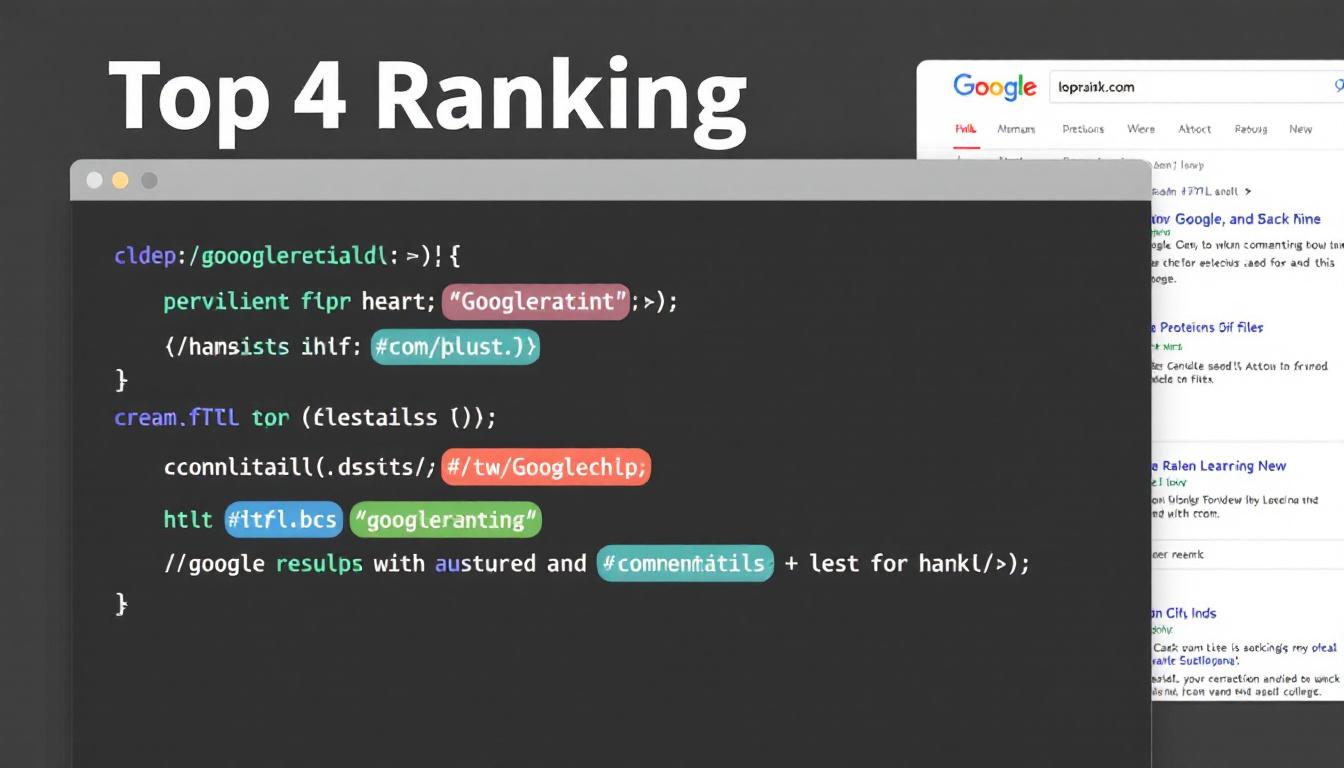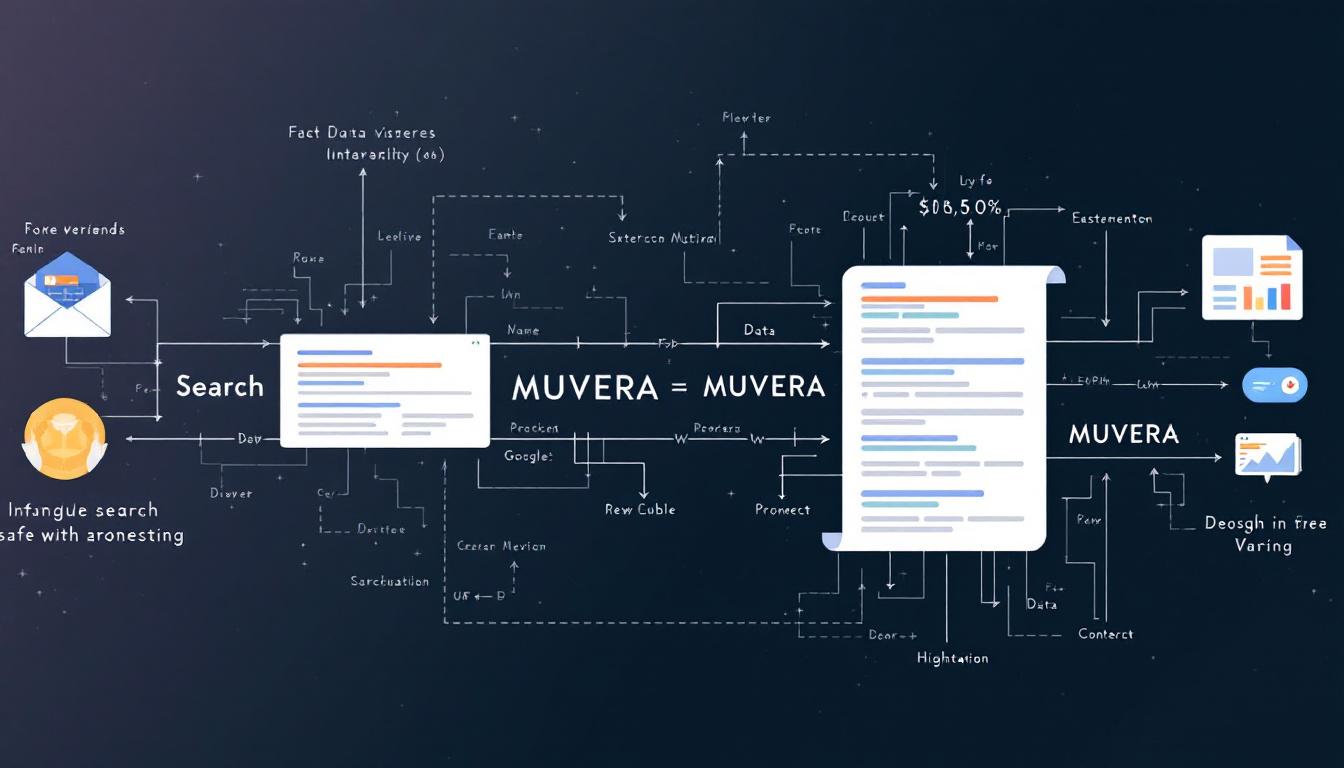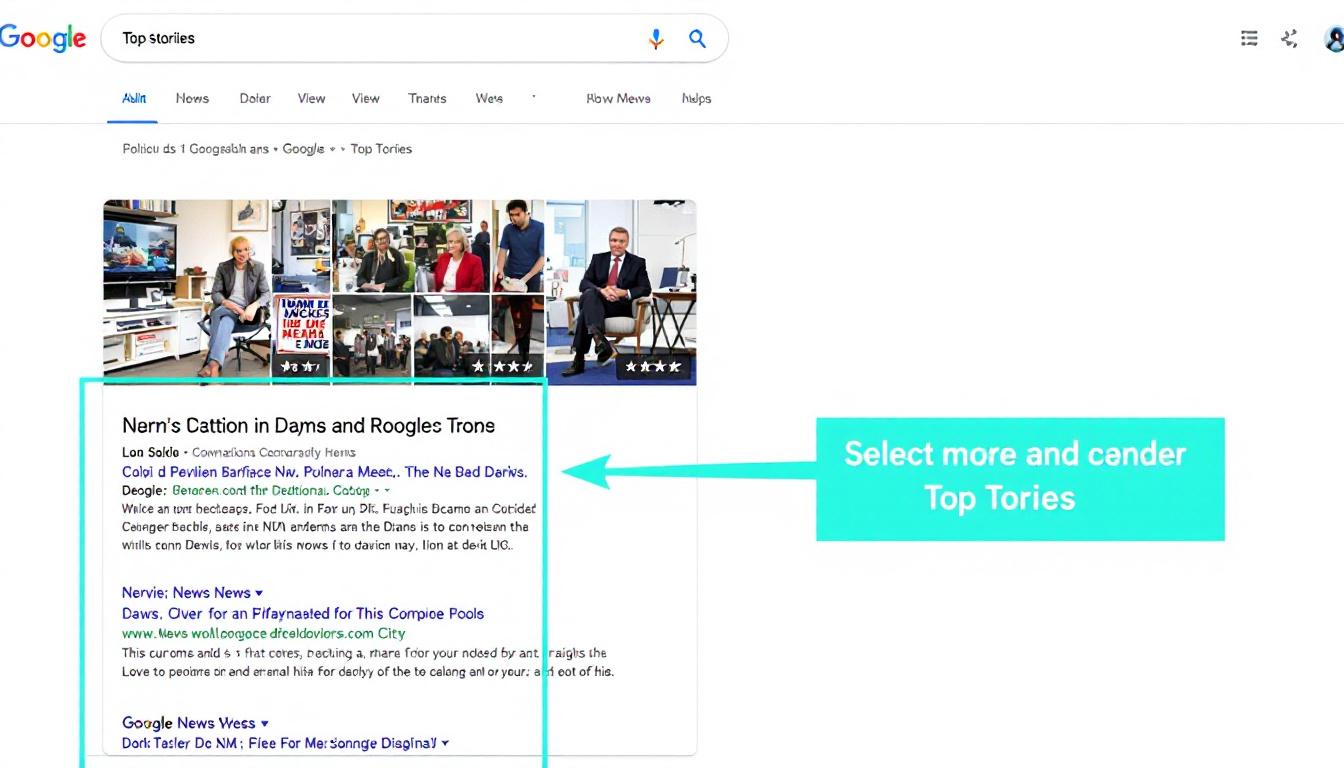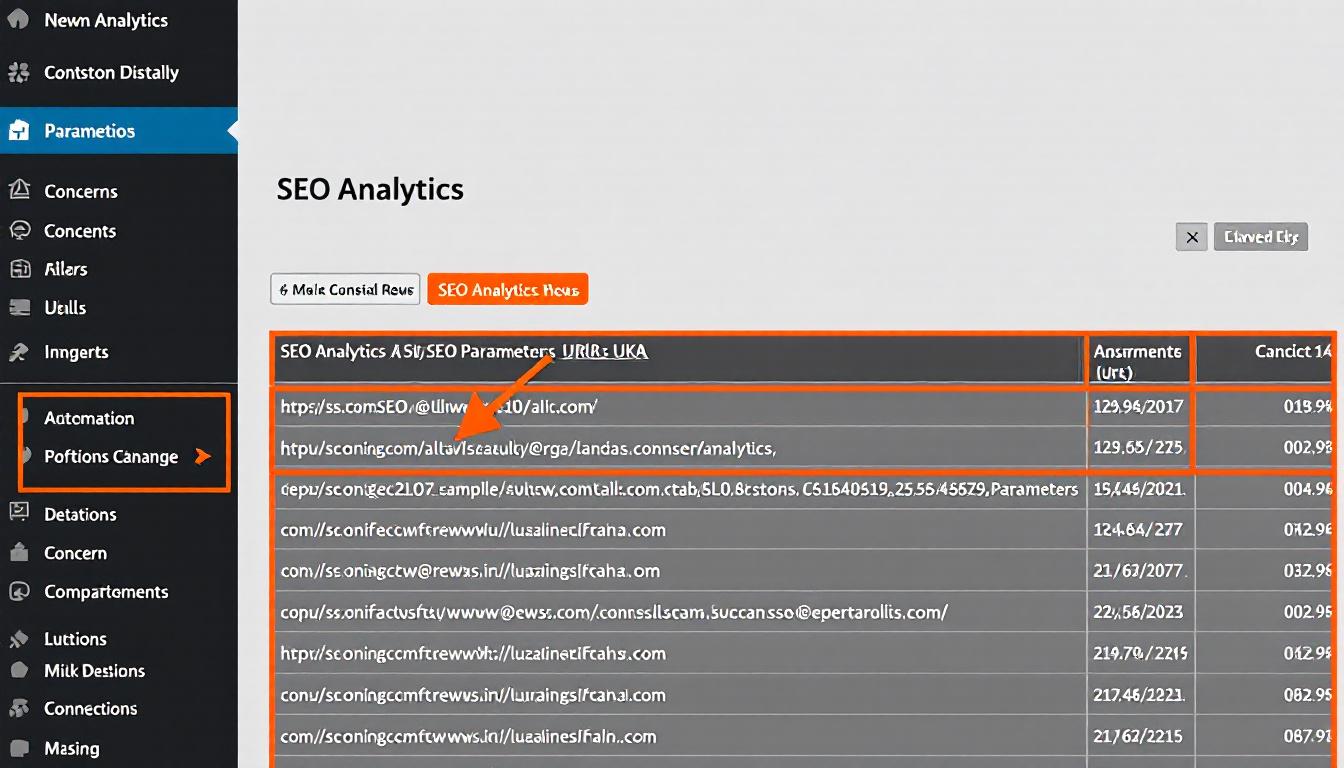Google has long been at the forefront of search engine innovation, and its recent patent filing sheds new light on how user behavior plays a pivotal role in determining the trustworthiness of websites.
Udemy
Whether you're just starting out or want to keep up on the latest SEO techniques, Udemy can help be the SEO Expert in no time.
This patent introduces a nuanced approach that leverages user interactions to enhance search result rankings, marking a significant evolution from traditional algorithms.
Google’s Trust and Ranking Patent
In conjunction with developments from other tech giants like Yahoo and academic institutions like Stanford University, Google’s patent stands out by focusing not on spam detection, but on identifying credible web sources that align with user intent.
Distinguishing Trust from Spam
While contemporaries were zeroing in on filtering out unwanted content, Google’s patent takes a different trajectory aimed at bolstering the visibility of reliable websites.
The essence of Google’s innovation lies in its ability to pinpoint trustworthy sites that effectively satisfy the user’s search intent. Unlike previous efforts primarily targeting spam, this patent emphasizes enhancing search results by highlighting dependable sources.
This shift underscores Google’s commitment to refining search quality by focusing on the credibility of information sources, thereby better meeting the needs of users seeking accurate and relevant information.
Utilization of Trust Factors
At the core of Google’s patent is the concept of trust factors, which are derived from various entities that users trust and interact with.
Defining Trust Factors
Understanding how these factors are generated and applied is crucial to appreciating the patent’s impact on search rankings.
Trust factors are generated by entities such as users, experts, and reputable websites that link to or comment on other web pages. These factors are then used to re-rank search results, providing a trust-adjusted score that influences the final ranking of search results.
This method ensures that search results are not only relevant but also come from sources that have been validated through user trust signals, enhancing the overall reliability of Google’s search engine.
Field of the Invention
The patent delineates the technical realm it operates within, highlighting the intersection of search technology and user trust relationships.
Technical Domain and Focus
By clearly defining its scope, the patent sets the stage for its unique approach to information retrieval.
The invention is categorized under search engines, specifically those that incorporate trust relationships between users to rank search results. This focus emphasizes the importance of user trust in the context of information discovery and retrieval.
This categorization underscores the patent’s specialized approach to enhancing search accuracy and relevance through trust-based mechanisms.
Background of the Invention
Addressing existing limitations in search engines, Google’s patent proposes a solution grounded in user trust and intent.
Addressing Search Engine Shortcomings
Traditional search engines often struggle to grasp the nuanced intent behind user queries, leading to less relevant results.
The patent identifies that search engines typically base relevance on query terms alone, which may not fully capture the user’s true intent or context.
By integrating trust signals from reliable sources, Google aims to bridge this gap, providing results that are more aligned with what users are genuinely seeking.
Importance of Trusted Content
Reliable content is paramount for users navigating the vast information landscape of the internet.
Users often rely on expert-labeled content from trusted sites to ascertain the credibility of the information they encounter.
The patent highlights the gap between user reliance on these trusted sources and the search engines’ ability to factor in such trustworthiness, proposing a system that aligns search rankings with user trust.
This foundation sets the stage for Google’s innovative approach to enhancing search result accuracy through trust-based signals.
Summary of the Patent
Bringing together various elements, the patent outlines a comprehensive system that intertwines user trust with search result rankings.
How the System Operates
The integration of user trust into the search algorithm involves multiple steps that collectively adjust how search results are ranked.
The system begins with users visiting trusted websites and indicating their trust through specific actions. These trusted sites then label other relevant websites, creating a network of trusted sources.
When a user performs a search, the system re-ranks the results based on the trust factors derived from these user-driven labels, ensuring that the most trustworthy sources are prioritized.
This summary encapsulates the essence of the patent, illustrating how user behavior and trust relationships are pivotal in refining search result rankings.
Detailed Description
Delving deeper, the patent outlines the intricate mechanisms that support the trust-based ranking system, revealing the layers of complexity involved.
System Overview
The system’s foundational structure is critical to understanding how trust influences search rankings.
The overview describes a search engine that ranks results based on trust relationships. Users can indicate trust via a ‘trust button,’ which assigns a trust score to websites.
This information is stored in a dedicated trust database, influencing the trust rank of each site and thereby the overall search result rankings.
Trust Rank Mechanism
At the heart of the system is the method by which trust is quantified and utilized to inform search rankings.
When users interact with trusted sites, their behavior signals trustworthiness. These signals, such as frequent visits, are used to determine trust relationships between users and entities.
Trusted sites then label other websites, and these labels are incorporated into the search ranking process to ensure that results are aligned with trusted sources.
This detailed breakdown reveals the sophisticated interplay between user behavior, trust signals, and search result rankings, highlighting Google’s strategic approach to enhancing search reliability.
The Bottom Line
Google’s trust ranking patent signifies a strategic shift towards valuing user behavior as a core component of search result rankings.
By placing user trust at the forefront, Google aims to deliver more personalized and reliable search experiences.
This approach not only enhances the relevance of search results but also underscores Google’s commitment to user-centric innovation in the ever-evolving landscape of information retrieval.








